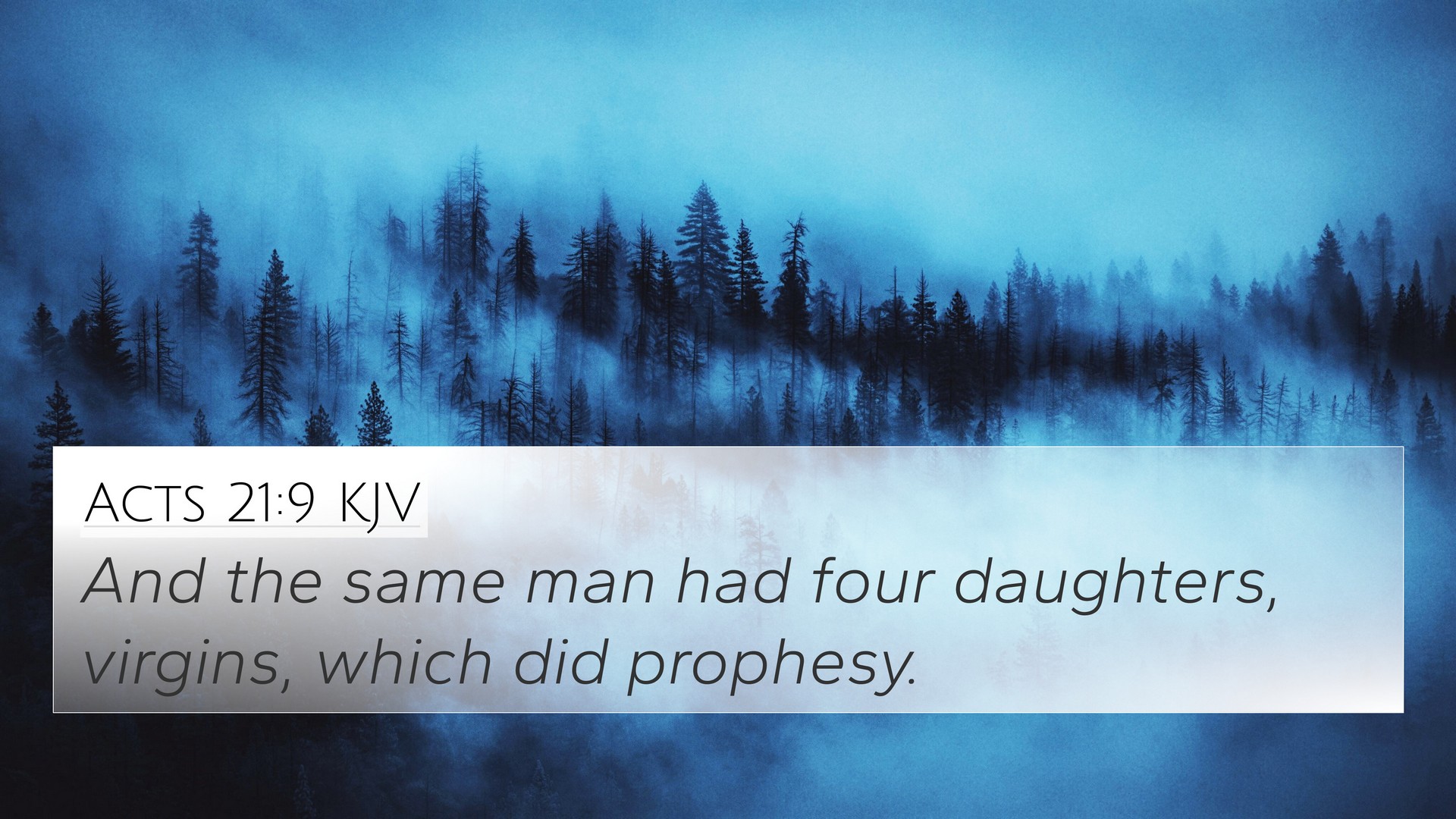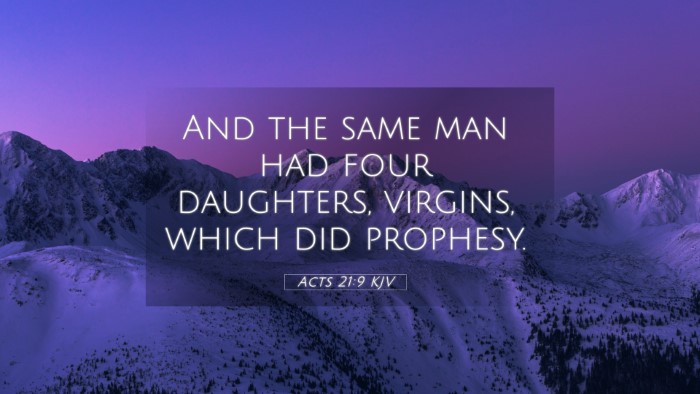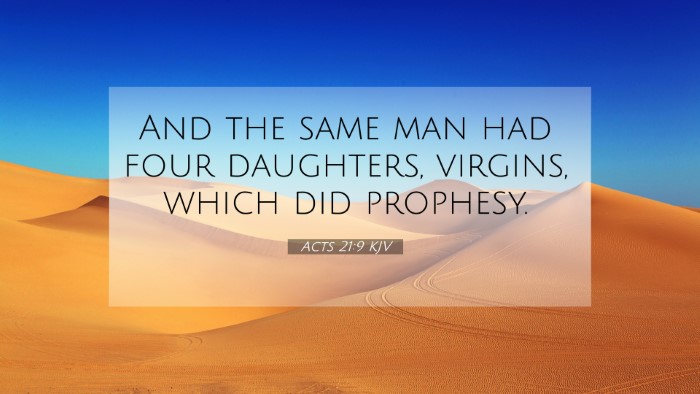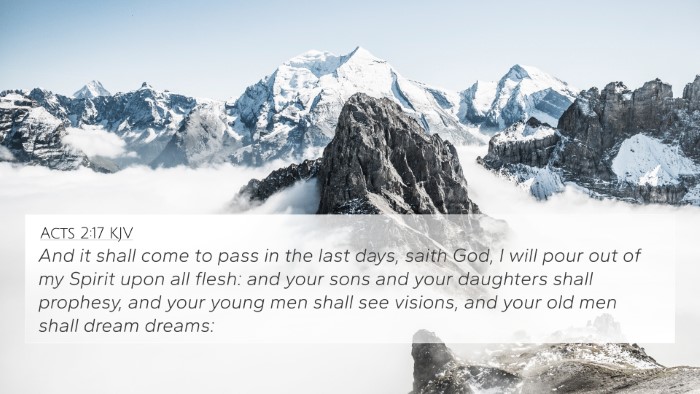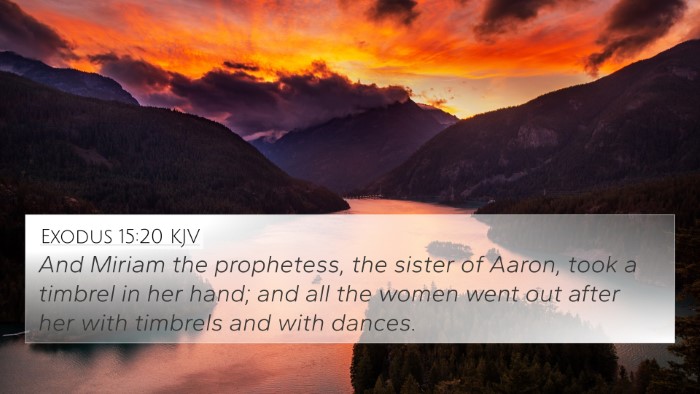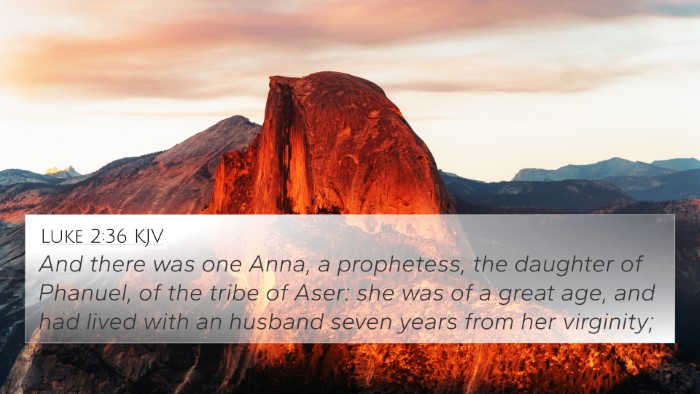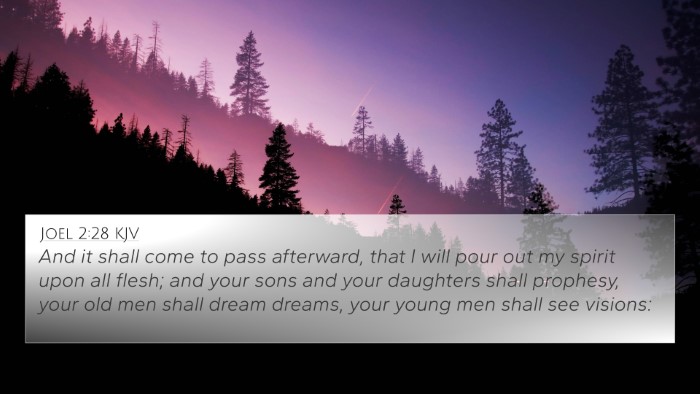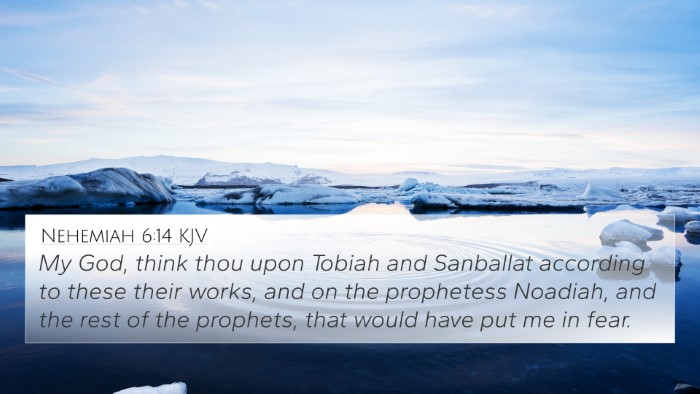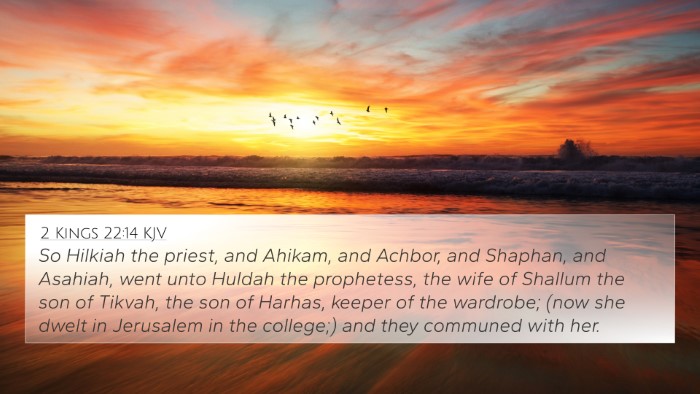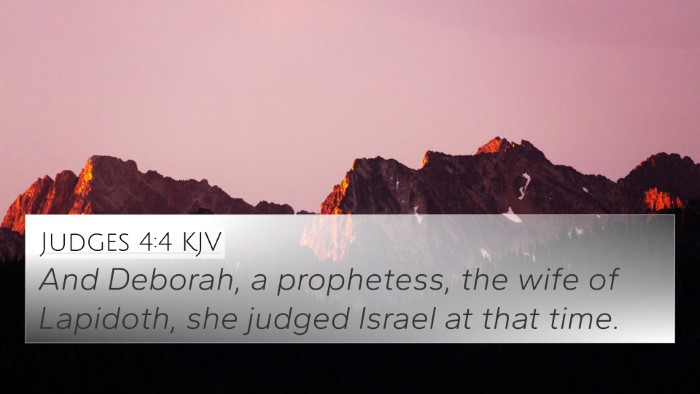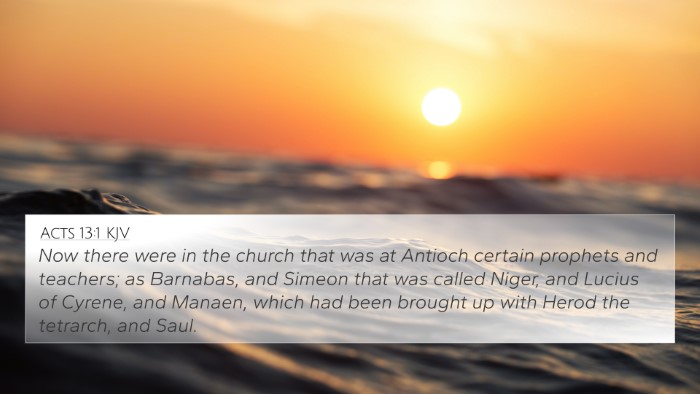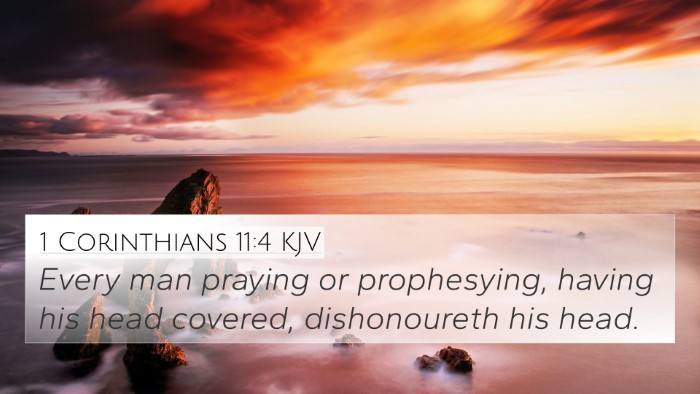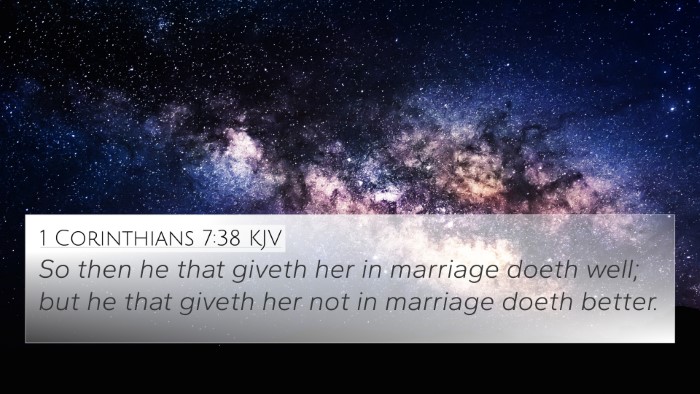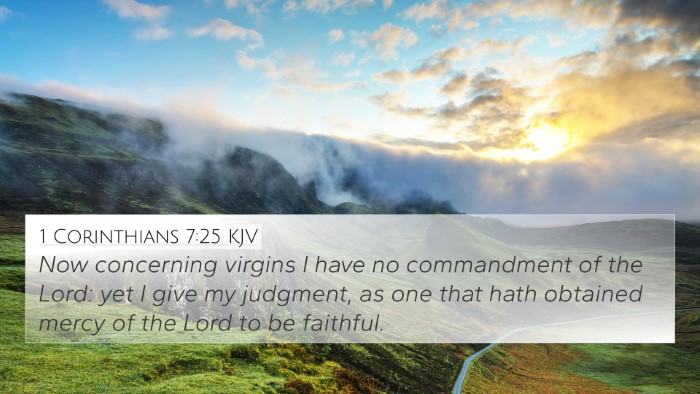Understanding Acts 21:9
Acts 21:9 states, "And the same man had four daughters, virgins, which did prophesy." This verse might appear succinct, but it carries substantial implications about the role of women in the early Church and the gift of prophecy.
Summary of Key Insights
This verse introduces an essential narrative element regarding the daughters of Philip the Evangelist, emphasizing their prophetic gifts. Insights from public domain commentaries shed light on various aspects of this scripture:
- Divine Calling: Matthew Henry emphasizes that the daughters were not only virgins but were also dedicated to God's service through prophecy, showcasing the call of women in ministry roles.
- Spiritual Gifts: Adam Clarke notes that prophecy is a significant spiritual gift and that possessing such a gift in a woman shows the inclusion of women in God's divine plans.
- The Role of Women: Albert Barnes highlights the shift in societal views, noting that early Christianity embraced women in active ministry, which was revolutionary for its time.
- Historical Context: Understanding the cultural background where women were often sidelined in religious duties provides depth to this proclamation, indicating a more inclusive approach in early Christian communities.
- Faithful Witness: The daughters' prophecy signifies a commitment to sharing God's message, a trait vital for establishing early Christian faith communities.
Cross-Referencing Biblical Texts
Thematic connections are evident between Acts 21:9 and various other scriptures. Here are some critical Bible verses that relate to this passage:
- 1 Corinthians 11:5: "But every woman that prayeth or prophesieth with her head uncovered dishonoureth her head: for that is even all one as if she were shaven." This verse points to women participating in public worship, validating the role of Philip's daughters.
- Joel 2:28-29: "And it shall come to pass afterward, that I will pour out my spirit upon all flesh; and your sons and your daughters shall prophesy." This Old Testament prophecy parallels the events taking place with Philip's daughters.
- Luke 2:36-38: The account of Anna the prophetess who served in the temple reinforces the precedent for women in prophetic roles.
- Romans 12:6-8: Discussing different spiritual gifts within the church community, which in turn relates to the prophetic gifts of Philip’s daughters as part of a diverse body of believers.
- Acts 2:17-18: Directly echoes Joel’s prophecy about the involvement of women in prophecy within the early Christian community.
- Galatians 3:28: "There is neither Jew nor Gentile, neither slave nor free, nor is there male and female, for you are all one in Christ Jesus." This supports the egalitarian nature of ministry roles.
- 1 Timothy 2:12: This verse presents a more controversial perspective on women's roles in the church, thus providing a comparative analysis with Acts 21:9.
Thematic Bible Verse Connections
This verse demonstrates the significance of women in the religious context of the New Testament. The cross-referencing of Acts 21:9 shows connections indicating:
- Women are empowered by the Spirit to perform prophetic acts.
- The shared experience of prophecy as a communal gift enhances the faith community.
- The inclusion of women in spiritual leadership roles affirms biblical equality.
Inter-Biblical Dialogue
Acts 21:9 serves as a crucial bridge for understanding how prophetic roles transcend gender boundaries in Scripture. Key aspects surrounding inter-Biblical dialogue include:
- The continuity of prophetic tradition from the Old Testament to the New Testament.
- Encouraging the exchange of ideas around the role of women as vital contributors to the church's foundation.
- Exploring the evolution of covenant community dynamics from the early church to contemporary faith contexts.
Conclusion
In summary, Acts 21:9 provides profound insights into the role of women in the early Church, emphasizing their ministry and prophetic abilities. Through the application of tools for cross-referencing, we reveal connections and thematic parallels that deepen our understanding of the scripture and its cultural implications.
